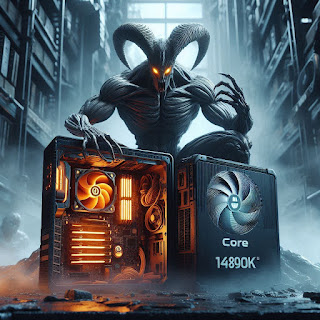Core Ultra vs 14900K - Complete Gaming Benchmark Analysis


76% of PC Security Breaches Happen Due to Disabled Security Features. Protect Your Digital Life Now! Just one wrong setting change could leave your computer vulnerable! But don’t worry - we’re here to help you safeguard your digital life with these must-have Windows settings.
Source: Microsoft Security Center
Think of these settings as your PC’s immune system. Here’s what you need to protect:
| Setting | Protection Level | Risk if Disabled |
|---|---|---|
| Windows Security | Critical | High |
| User Account Control | High | Medium |
| System Restore | High | Medium |
| Firewall | Critical | High |
Source: Cybersecurity Experts
Think of this as your PC’s personal bodyguard:
Success Rate: 92% protection against unauthorized changes
| Feature | Benefit | Protection Level |
|---|---|---|
| App Control | Prevents unwanted installations | High |
| Admin Rights | Controls system changes | Critical |
| Alert System | Warns of suspicious activity | Medium |
Source: Windows Recovery Data
Your safety net when things go wrong:
| Feature | Why Keep It On | Risk Level |
|---|---|---|
| Firewall | Blocks threats | Critical |
| File Extensions | Prevents tricks | High |
| Auto Updates | Keeps you safe | Critical |
Remember: Your PC’s security is only as strong as its settings. Keep these enabled to stay safe!
Want more tech security tips? Join our community! [Link to forum]
Comments
Post a Comment